Why your SEO and PPC teams need shared standards to unlock mutual gains
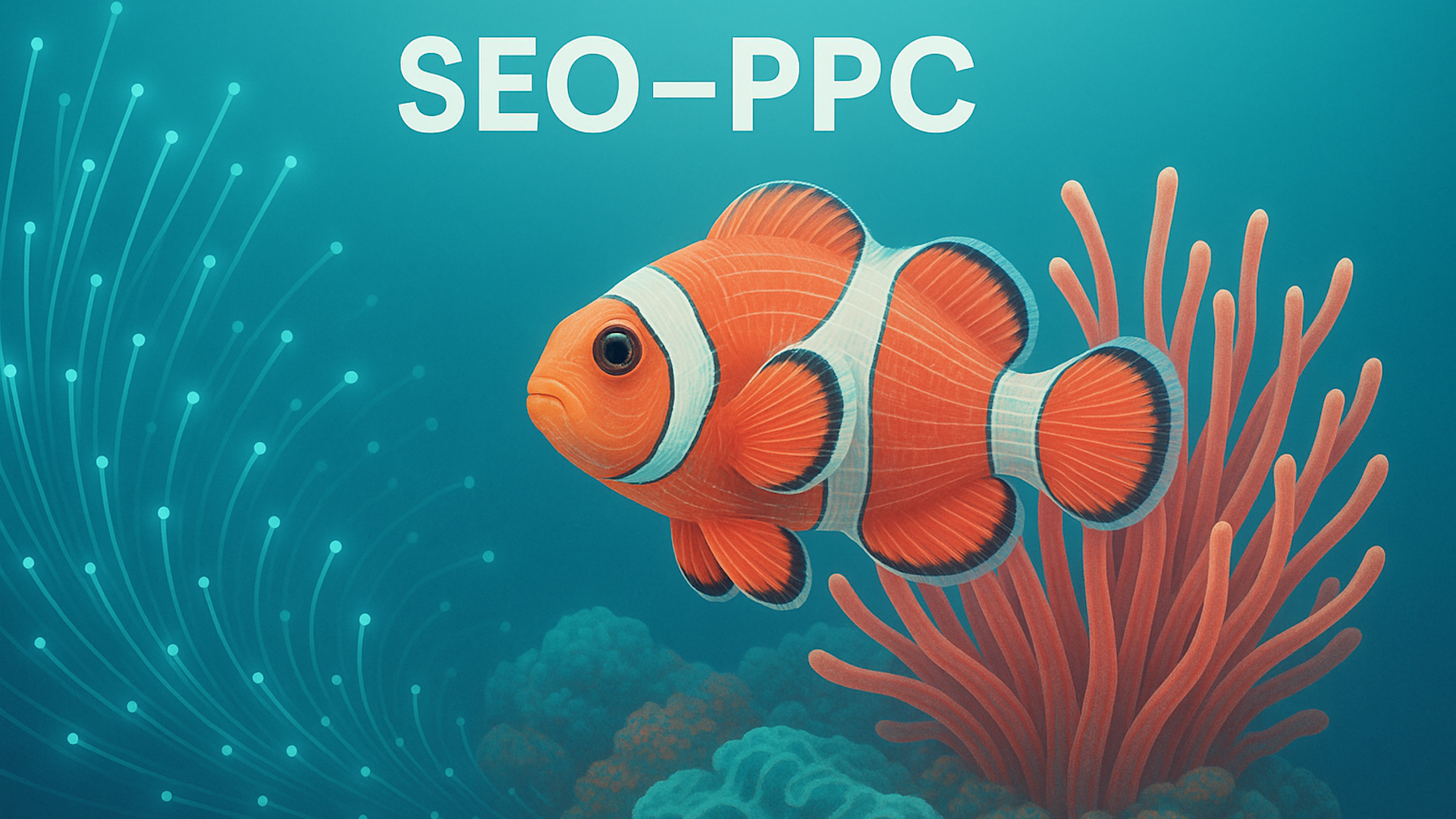
Most marketing teams still treat SEO and PPC as budget rivals, not as complementary systems facing the same performance challenges.
In practice, these relationships fall into three types:
- Parasitism: One benefits at the other’s expense.
- Commensalism: One benefits while the other remains unaffected.
- Mutualism: Both thrive through shared optimization and accountability.
Only mutualism creates sustainable performance gains – and it’s the shift marketing teams need to make next.
Mutualism: Solving joint problems
One glaring problem unites online marketers: we’re getting less traffic for the same budget.
Navigating the coming years requires more than the coexistence many teams mistake for collaboration.
We need mutualism – shared technical standards that optimize for both organic visibility and paid performance.
Shared accountability drives lower acquisition costs, faster market response, and sustainable gains that neither channel can achieve alone.
Here’s what it looks like in practice:
- Fostering a culture of experimentation and learning.
- PPC tests messaging while SEO builds long-term content assets.
- SEO uncovers search intent that PPC capitalizes on immediately.
- Both channels learn from shared incrementality testing (guerrilla testing).
- Cross-pollination of keyword intelligence and conversion data.
- Combined technical standards (modified Core Web Vitals weights) align engineering with marketing goals.
- Feedback loops accelerate market insights and reduce wasted spend.
Stabilizing performance during SEO volatility
During SEO penalties and core updates, PPC can maintain traffic until recovery.
Core updates cause fluctuations in organic rankings and user behavior, which, in turn, can affect ad relevance and placements.
Do you involve SEO during a CPC price surge?
PPC-only landing pages affect the Core Web Vitals of entire sites, influencing Google’s default assumptions for URLs without enough traffic to calculate individual scores.
Paid pages are penalized for slow loading just as much as organic ones, impacting Quality Score and, ultimately, bids.
New-market launch considerations
PPC should answer a simple question: Are we getting the types of results we expect and want?
Setting clear PPC baselines by market and country provides valuable, real-time keyword and conversion data that SEO teams can use to strengthen organic strategies.
By analyzing which PPC clicks drive signups or demo requests, SEO teams can prioritize content and keyword targets with proven high intent.
Sharing PPC insights enables organic search teams to make smarter decisions, improve rankings, and drive better-qualified traffic.
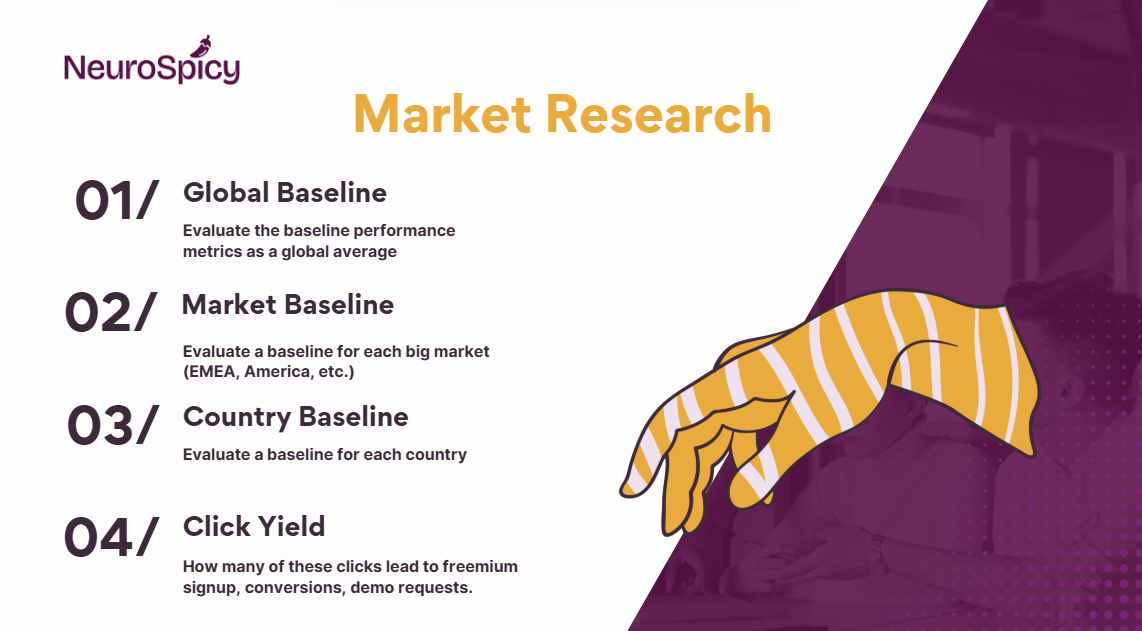
Dig deeper: The end of SEO-PPC silos: Building a unified search strategy for the AI era
Get the newsletter search marketers rely on.
See terms.
Building unified performance measurement
One key question to ask is: how do we measure incrementality?
We need to quantify the true, additional contribution PPC and SEO drive above the baseline.
Guerrilla testing offers a lo-fi way to do this – turning campaigns on or off in specific markets to see whether organic conversions are affected.
A more targeted test involves turning off branded campaigns.
PPC ads on branded terms can capture conversions that would have occurred organically, making paid results appear stronger and SEO weaker.
That’s exactly what Arturs Cavniss’ company did – and here are the results.
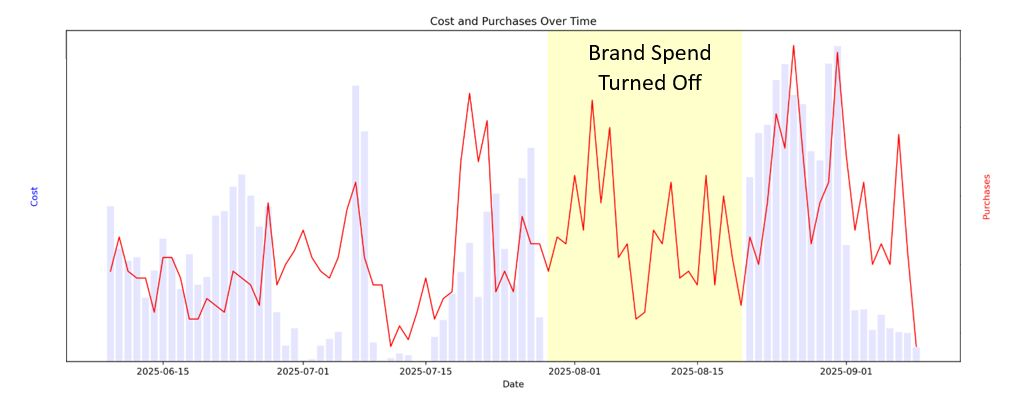
For teams ready to operate in a more sophisticated way, several options are available.
One worth exploring is Robyn, an open-source, AI/ML-powered marketing mix modeling (MMM) package.
Core Web Vitals
Core Web Vitals measures layout stability, rendering efficiency, and server response times – key factors influencing search visibility and overall performance.
These metrics are weighted by Google in evaluating page experience.
| Core Web Vitals Metric | Google’s Weight |
| First Contentful Paint | 10% |
| Speed Index | 10% |
| Largest Contentful Paint | 25% |
| Total Blocking Time | 30% |
| Cumulative Layout Shift | 25% |
Core Web Vitals:
- Affect PPC performance through CLS metrics.
- Influence SEO rankings through search vitals.
- Give engineering teams clear benchmarks that align development efforts with marketing goals.
You can create a modified weighted system to reflect a combined SEO and PPC baseline. (Here’s a quick MVP spreadsheet to get started.)
However, SEO-focused weightings don’t capture PPC’s Quality Score requirements or conversion optimization needs.
Clicking an ad link can be slower than an organic one because Google’s ad network introduces extra processes – additional data handling and script execution – before the page loads.
The hypothesis is that ad clicks may consistently load slower than organic ones due to these extra steps in the ad-serving process.
This suggests that performance standards designed for organic results may not fully represent the experience of paid users.
Microsoft Ads Liaison Navah Hopkins notes that paid pages are penalized for slow loading just as severely as organic ones – a factor that directly affects Quality Score and bids.
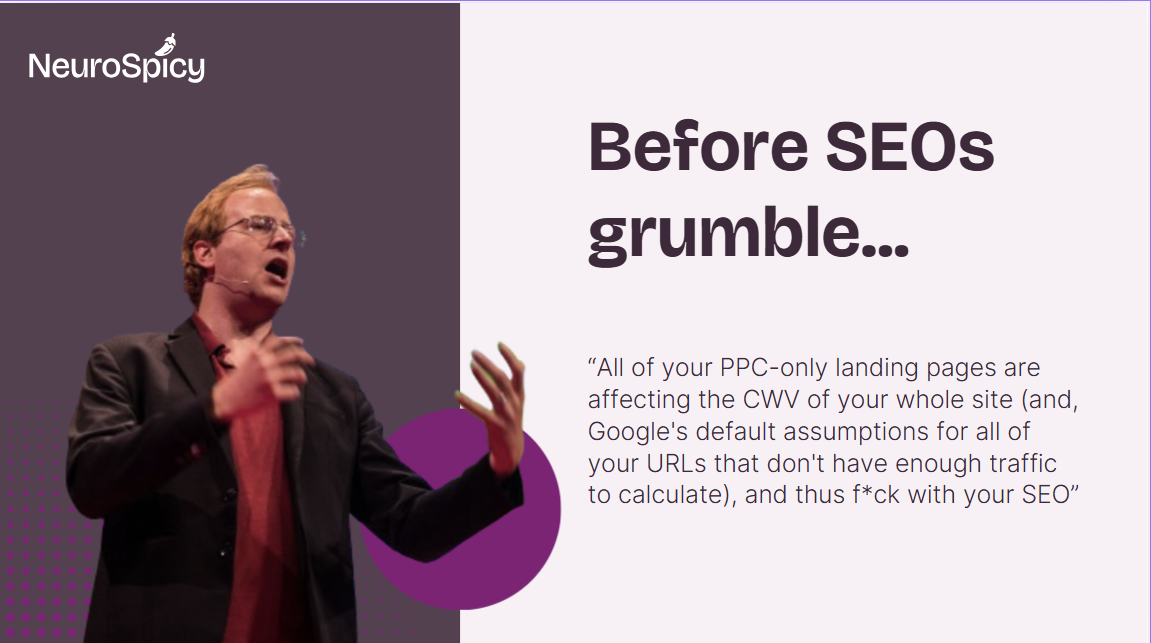
SEOs also take responsibility for improving PPC-only landing pages, even without being asked. As Jono Alderson explains:
- “All of your PPC-only landing pages are affecting the CWV of your whole site (and, Google’s default assumptions for all of your URLs that don’t have enough traffic to calculate), and thus f*ck with your SEO.”
PPC-only landing pages influence the Core Web Vitals of entire sites, shaping Google’s assumptions for low-traffic URLs.
INP gains importance with agentic AI
Agentic AI’s sensitivity to interaction delays has made Interaction to Next Paint (INP) a critical performance metric.
INP measures how quickly a website responds when a human or AI agent interacts with a page – clicking, scrolling, or filling out forms while completing tasks.
When response times lag, agents fail tasks, abandon the site, and may turn to competitors.
INP doesn’t appear in Chrome Lighthouse or PageSpeed Insights because those are synthetic testing tools that don’t simulate real interactions.
Real user monitoring helps reveal what’s happening in practice, but it still can’t capture the full picture for AI-driven interactions.
Bringing quality scoring to SEO
PPC practitioners have long relied on Quality Score – a 1-10 scale measuring expected CTR and user intent fit – to optimize landing pages and reduce costs.
SEO lacks an equivalent unified metric, leaving teams to juggle separate signals like Core Web Vitals, keyword relevance, and user engagement without a clear prioritization framework.
You can create a company-wide quality score for pages to incentivize optimization and align teams while maintaining channel-specific goals.
This score can account for page type, with sub-scores for trial, demo, or usage pages – adaptable to the content that drives the most business value.
The system should account for overlapping metrics across subscores yet remain simple enough for all teams – SEO, PPC, engineering, and product – to understand and act on.
A unified scoring model gives everyone a common language and turns distributed accountability into daily practice.
When both channels share quality standards, teams can prioritize fixes that strengthen organic rankings and paid performance simultaneously.
Give a comprehensive view across channels
Display advertising and SEO rarely share performance metrics, yet both pursue the same goal – converting impressions into engaged users.
Click-per-thousand impressions (CPTI) measures the number of clicks generated per 1,000 impressions, creating a shared language for evaluating content effectiveness across paid display and organic search.
For display teams, CPTI reveals which creative and targeting combinations drive engagement beyond vanity metrics like reach.
For SEO teams, applying CPTI to search impressions (via Google Search Console) shows which pages and queries convert visibility into traffic – exposing content that ranks well but fails to earn clicks.
This shared metric allows teams to compare efficiency directly: if a blog post drives 50 clicks per 1,000 organic impressions while a display campaign with similar visibility generates only 15 clicks, the performance gap warrants investigation.
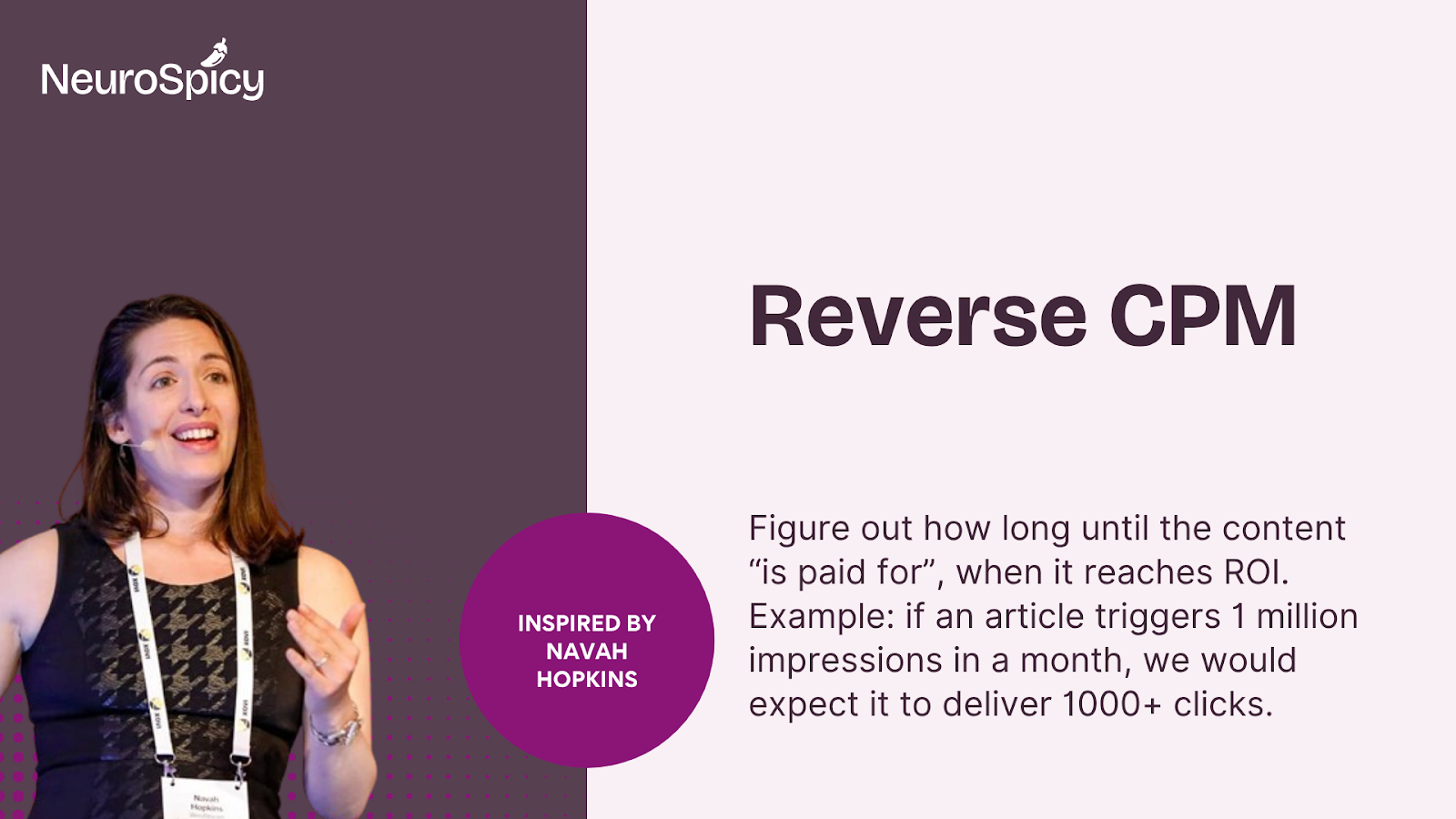
Reverse CPM offers another useful lens. It measures how long content takes to “pay for itself” – the point where it reaches ROI.
For example, if an article earns 1 million impressions in a month, it should deliver roughly 1,000 clicks.
As generative AI continues to reshape traffic patterns, this metric will need refinement.
Feedback loops
The most valuable insights emerge when SEO and PPC teams share operational intelligence rather than compete for credit.
PPC provides quick keyword performance data to respond to market trends faster, while SEO uncovers emerging search intent that PPC can immediately act on.
Together, these feedback loops create compound advantages.
SEO signals PPC should act on:
- Google is testing a feature that impacts SEO rankings and traffic – PPC can maintain visibility during organic volatility.
- SEO keyword research uncovers search intent, emerging keywords, seasonal patterns, and regional differences in query popularity.
- Long-tail insights reveal shifting search intents after core updates, signaling format and content opportunities.
PPC signals SEO should act on:
- Some PPC keywords are effectively “dead.” They’ll never convert and are better handled by SEO.
- PPC competitors bidding on brand keywords expose gaps in brand protection strategy.
- PPC data highlights which product messaging, features, or offers resonate most with users, informing content priorities.
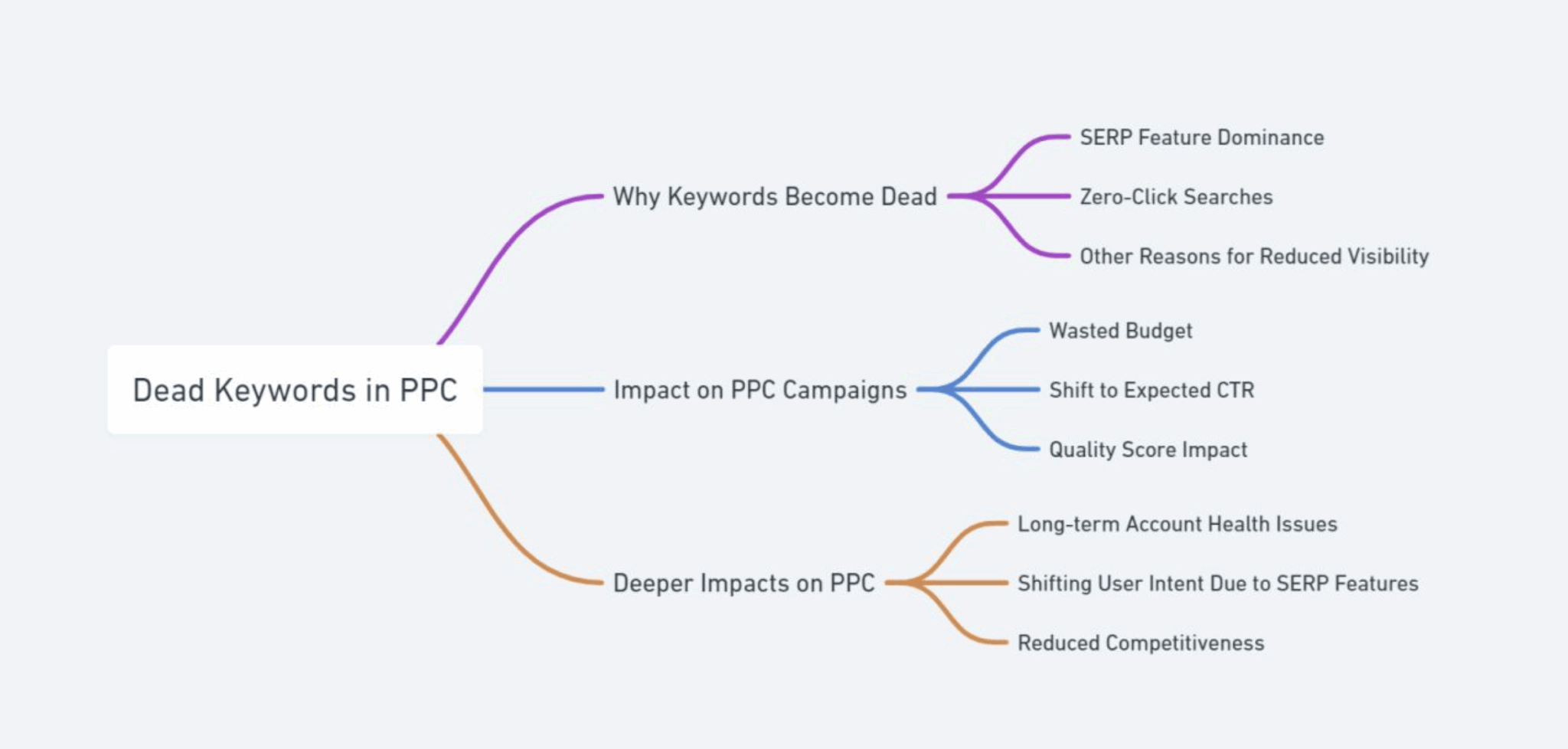
When both channels share intelligence, insights extend beyond marketing performance into product and business strategy.
- Product managers exploring new features benefit from unified search data across both channels.
- Joining Merchant Center and Google Search Console data in BigQuery provides a strong foundation for ecommerce attribution.
These feedback loops don’t require expensive tools – only an organizational commitment to regular cross-channel reviews in which teams share what’s working, what’s failing, and what deserves coordinated testing.
Optimizing the system, not the channel
Treat technical performance as shared infrastructure, not channel-specific optimization.
Teams that implement unified Core Web Vitals standards, cross-channel attribution models, and distributed accountability systems will capture opportunities that siloed operations miss.
As agentic AI adoption accelerates and digital marketing grows more complex, symbiotic SEO-PPC operations become a competitive advantage rather than a luxury.


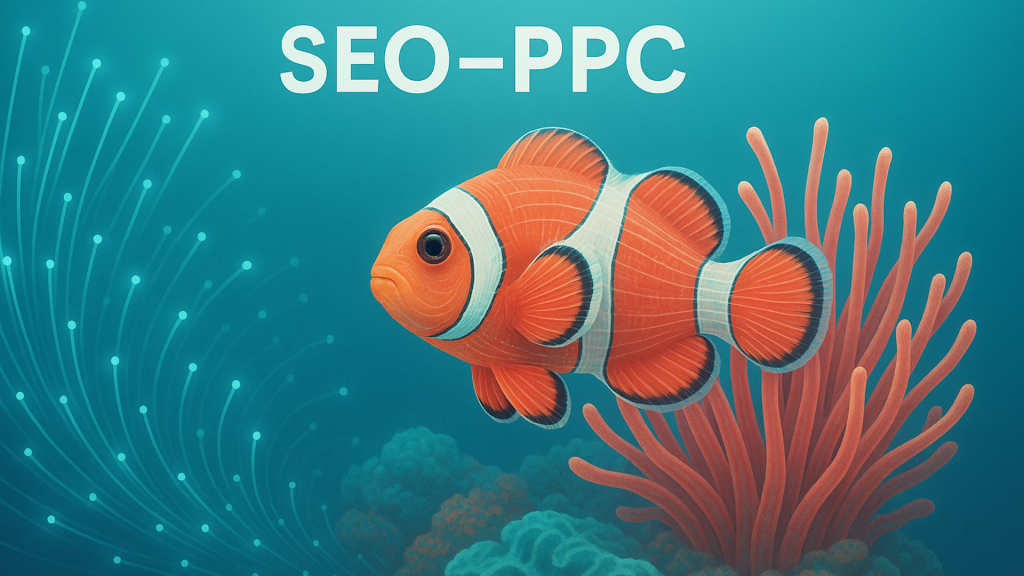




Recent Comments